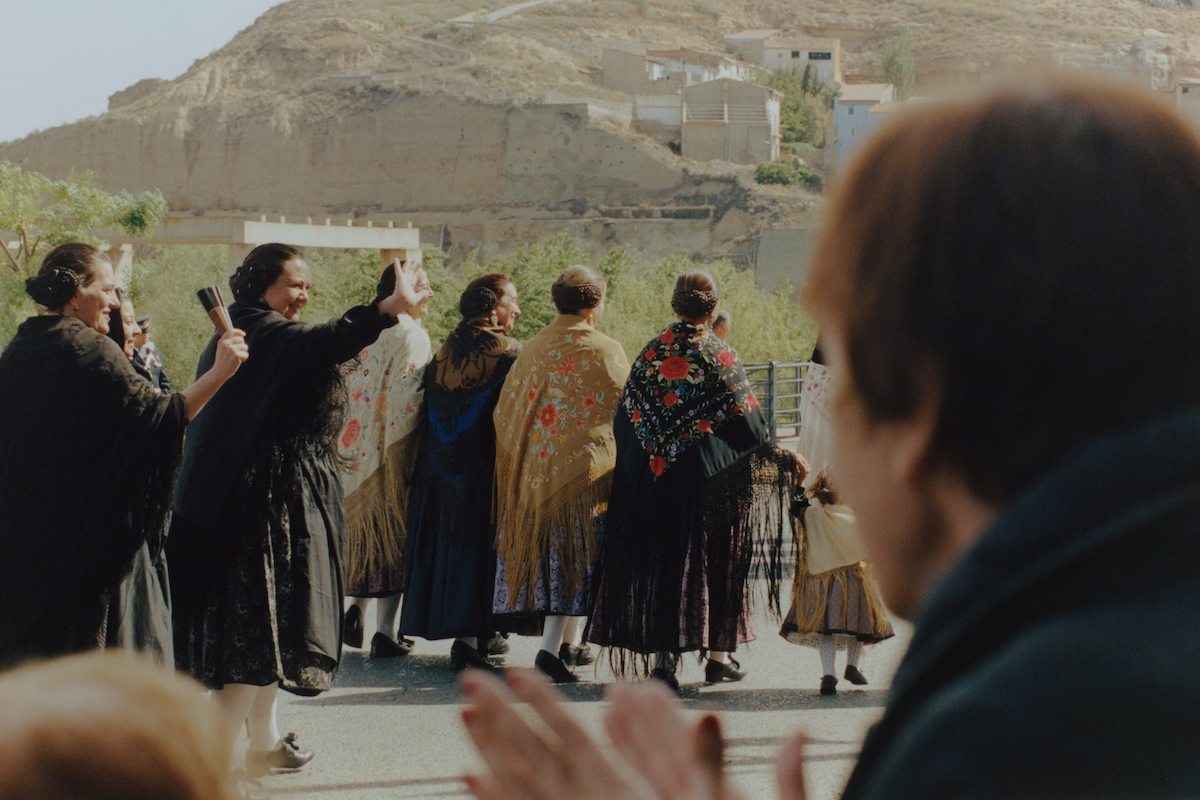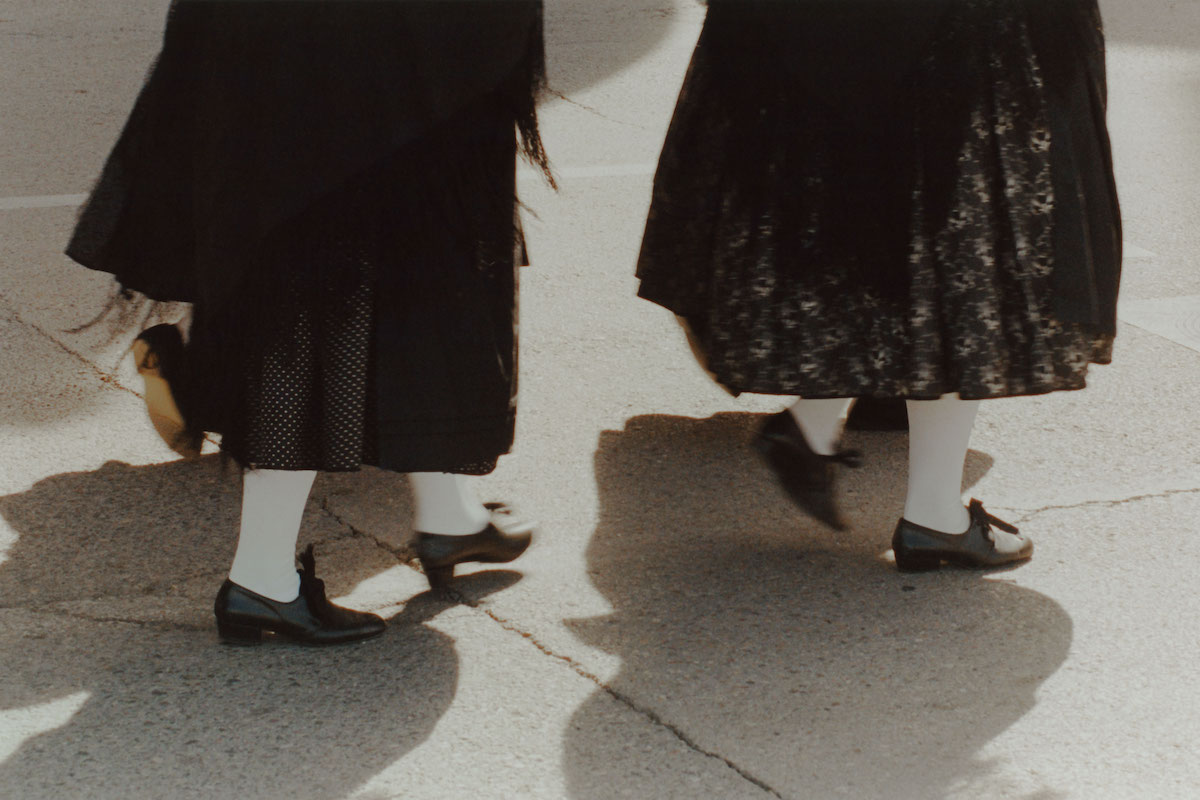Fraga: The power of the skirt
Culture — 18.04.24
Photos & Words: Monika Mroz
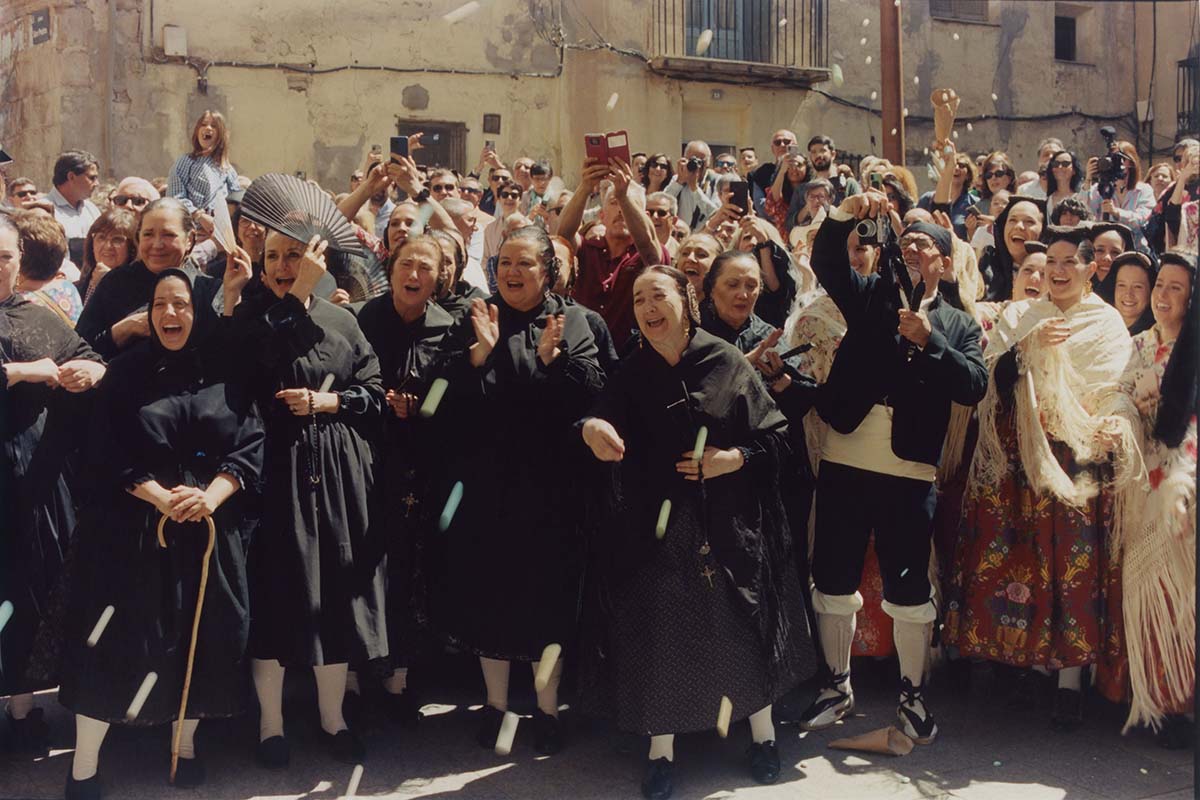
Every year on the Sunday closest to April 23rd, a very special celebration is held in the Spanish town of Fraga. A beautiful tribute to the power of clothing and the way garments contribute to our history and heritage, El Día de la Faldeta is a touching journey into the past and a testament to the power of the local community.
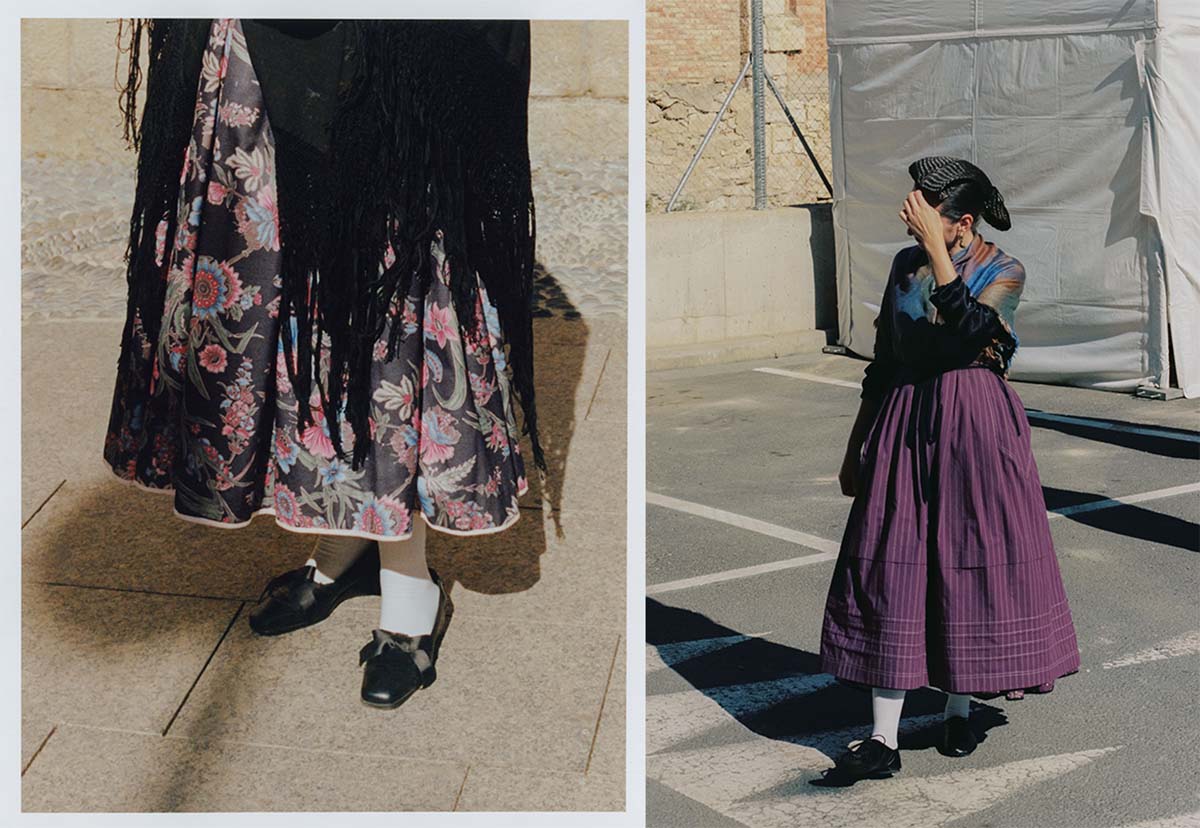
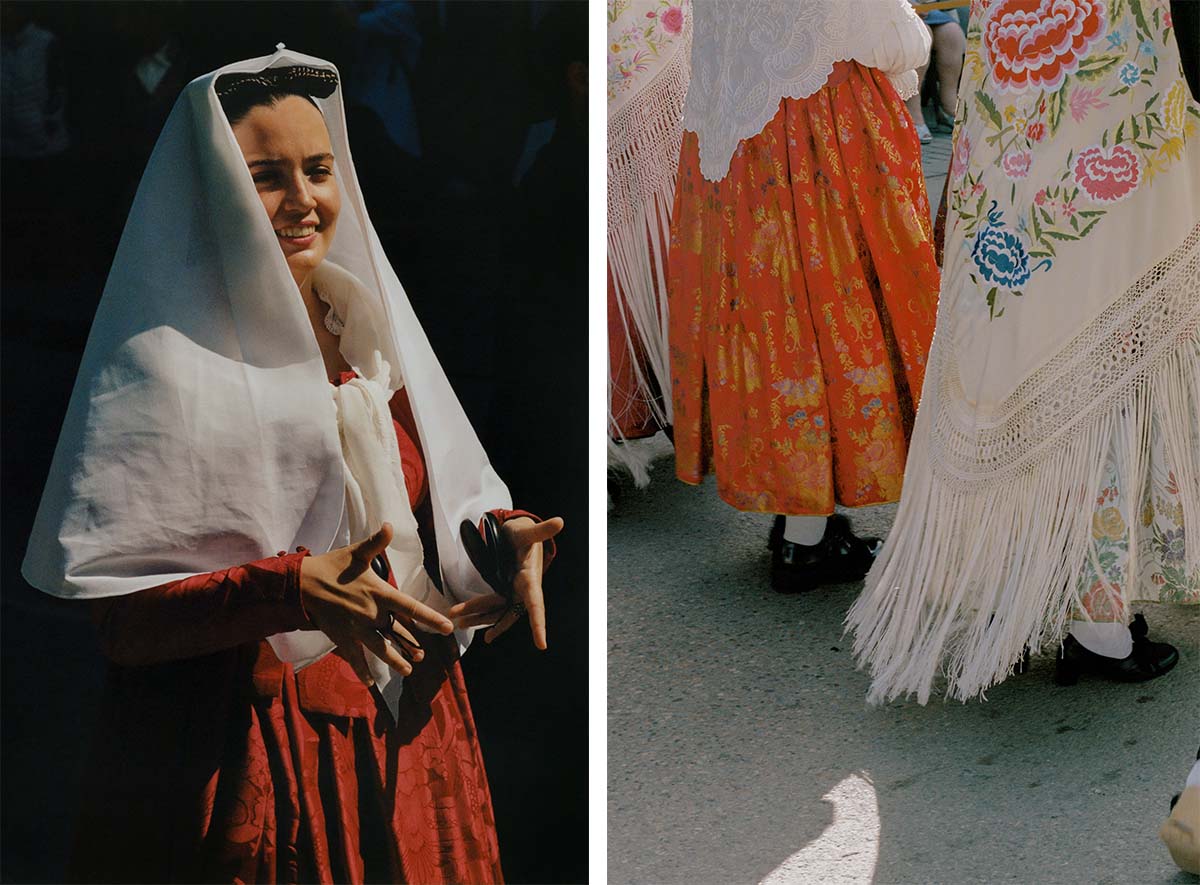
The festivities are held in the historic center of Fraga and pay tribute to the clothes jaies (grandmothers) wore daily until the end of the 20th century. It started in 1977 when there were still 214 women, so-called les Dones de Faldetes, who would dress up this way daily. The festival caused general enthusiasm in the community and since the 1980s, it has been organized annually, consistently gathering a bigger audience each year. Although the last of the Dones de Faldetes passed away in 2007 (at the age of 101), their presence perseveres in the memory of Fraga inhabitants and still lives on through the energy of the festival.
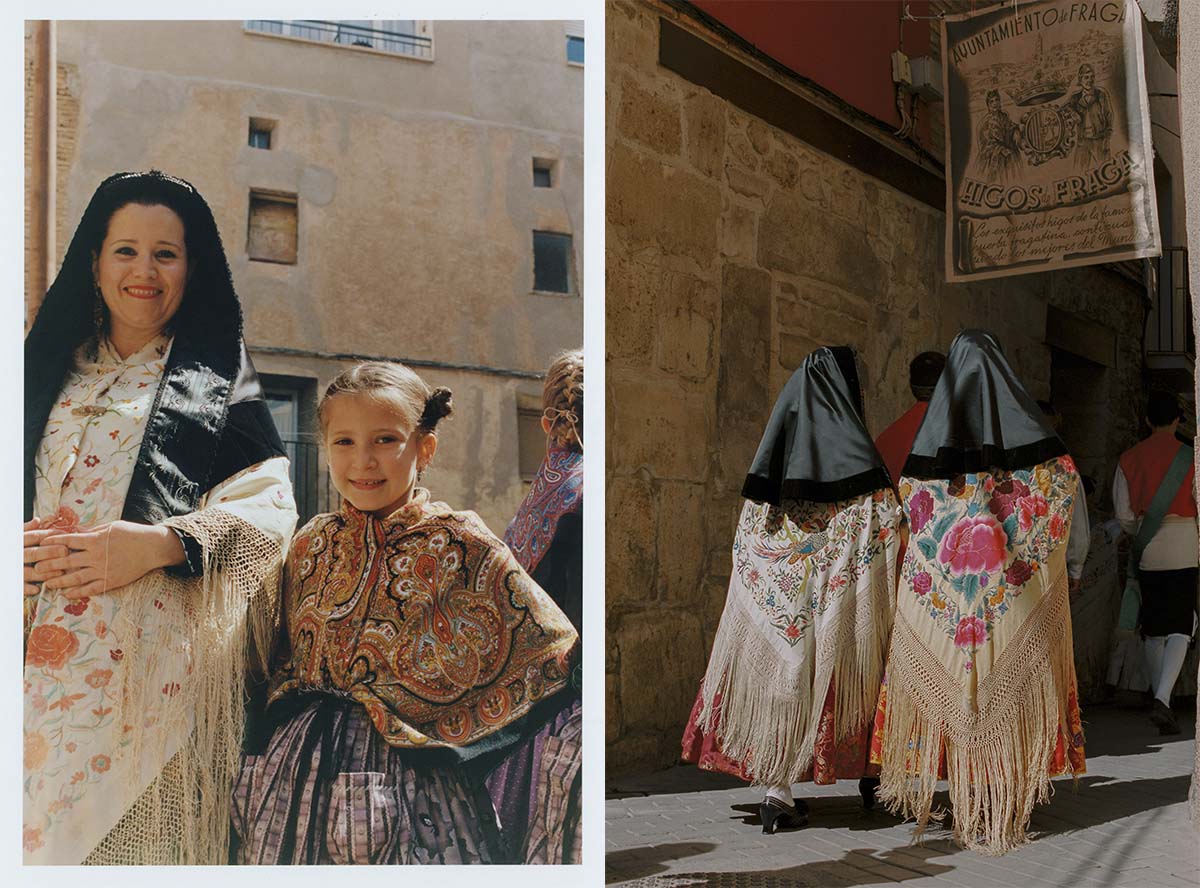
It is quite significant to discover the importance of women’s role in the community in the early 20th century. Back then, the households in Fraga were primarily multi-generational, with the oldest couple responsible for managing the house. Above all, the weight of taking care of family matters, including finances, fell on the oldest woman. Her role went beyond the practicalities and served as a cultural link between the generations — the elderly women raised children and grandchildren, selected future partners for the young members of the family, and organized matrimonial and religious ceremonies. While juggling numerous tasks and responsibilities, such as preparing food, sharing the work in the field with men, washing clothes in the river, and caring for the animals, les dones still found time for their social life. Their days would end with sitting on the town streets and spending time with each other, chatting, sewing, and playing cards.
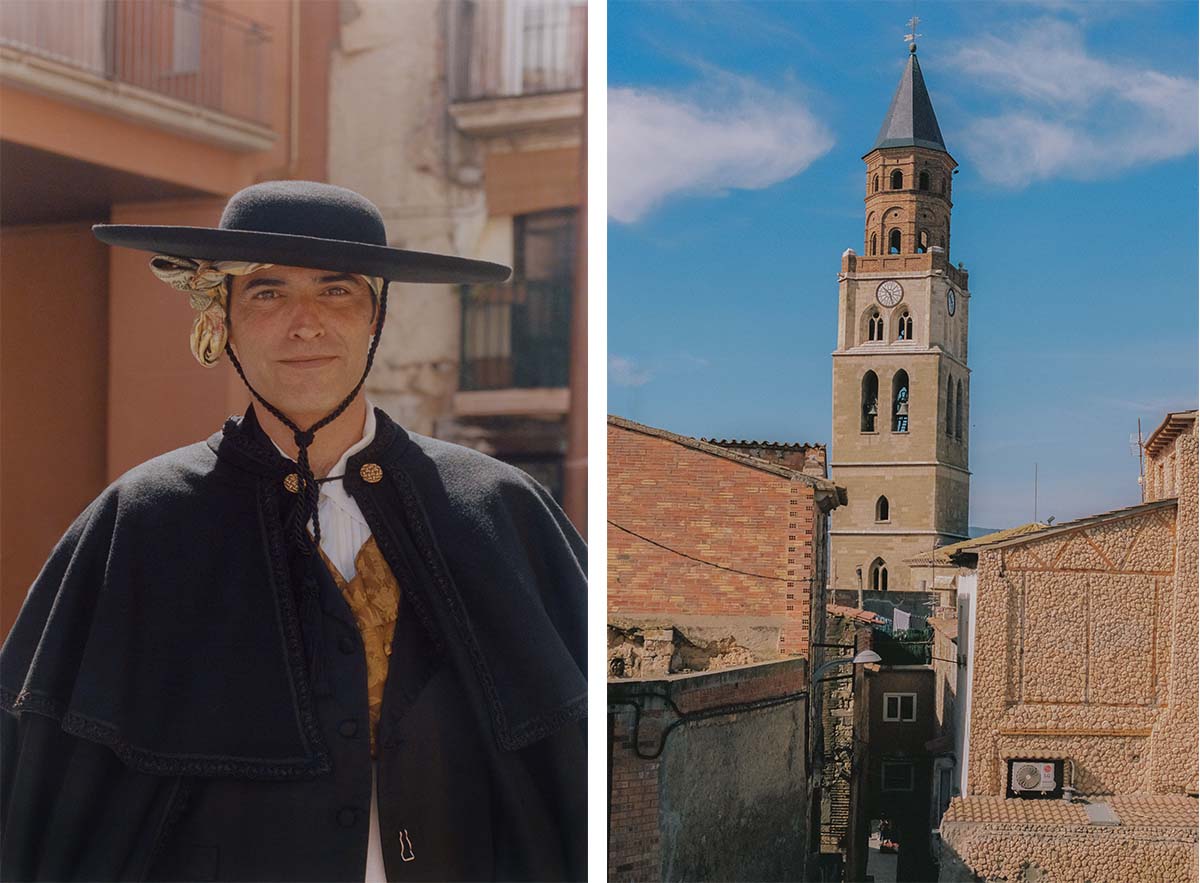
Les Dones de Faldetes did not accept the ever-changing caprices of fashion and maintained their heritage by wearing traditional costumes daily until the late 20th century. In that sense, the women served as a vital part of transmitting the cultural heritage of the Fragatinos, passing through their values, customs, and the local fragatí language to younger generations.
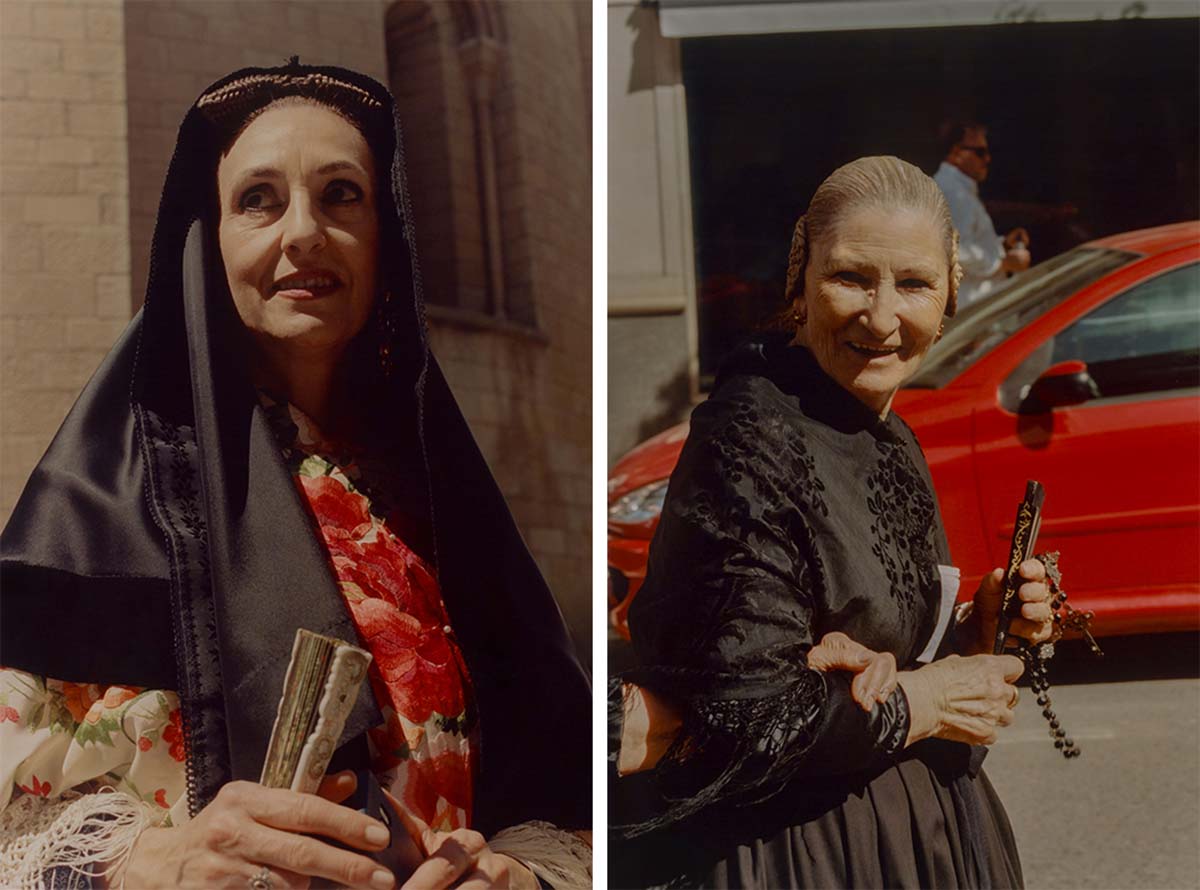
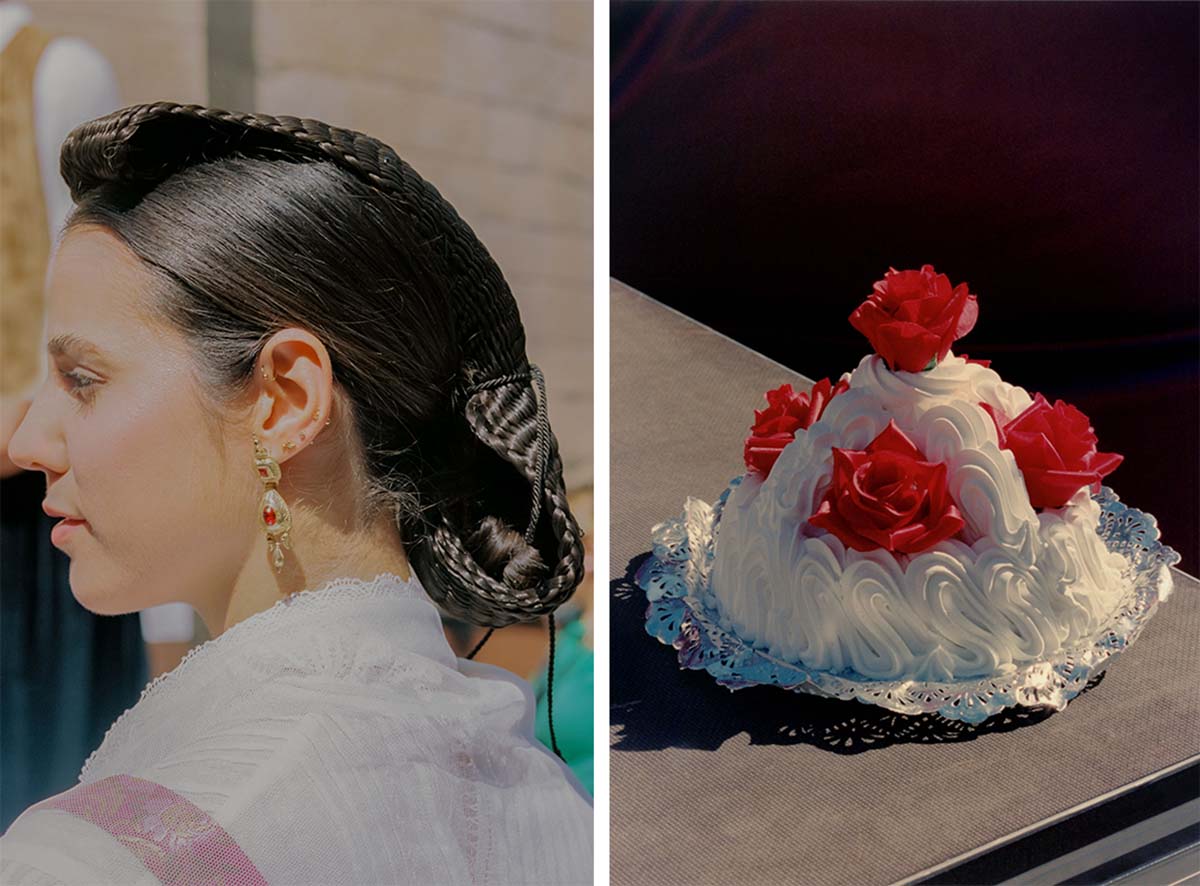
Grateful for preserving the town’s identity, modern-day inhabitants go out of their way to pay tribute to their grandmothers during the April festivities. A traditional La Faldeta outfit comprises seven layered embroidered skirts, a bodice, a jerkin, a silk Manila shawl, plus decorative fans and jewelry. The women also wear intricate braided hairstyles. Towards the end of their lives, they were dressed almost all in black, signifying the mourning of their husbands. All these variations of the clothing can be seen throughout the festival’s participants, who include women, men, and even small children, often whole families dressed in their traditional costumes. The celebration starts early in the morning and is centered around the main procession through the town’s streets, in which hundreds of the city’s inhabitants walk in their traditional outfits and sing regional songs.
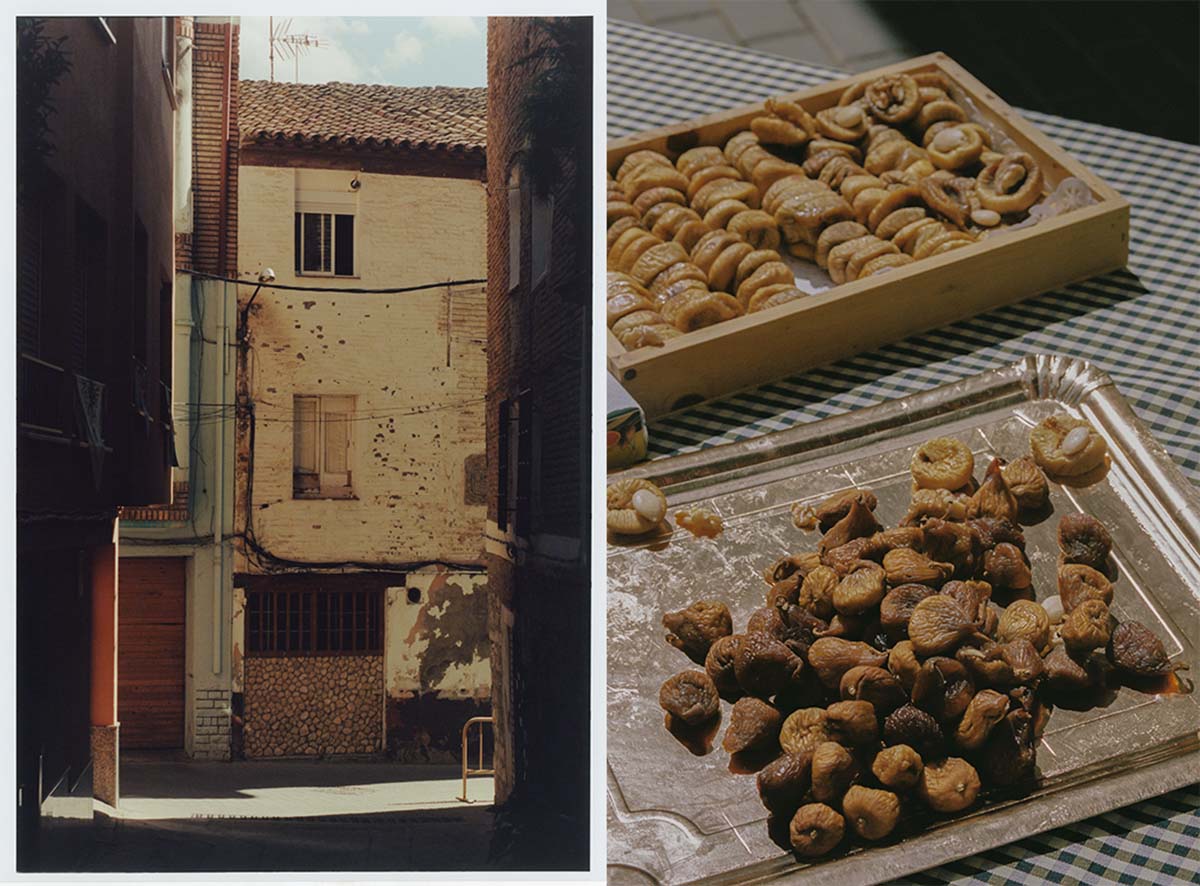
Although its main purpose remains to elevate and bring to light traditional clothing, the festival also highlights other customs, such as customary methods of making food and old crafts. The historical old town of Fraga becomes an authentic scenography and an exciting environment to experience the local customs and engage with the community. A culmination of the celebrations is the recreation of the traditional early 20th-century fragatino wedding, where the joy and enthusiasm become almost tangible.
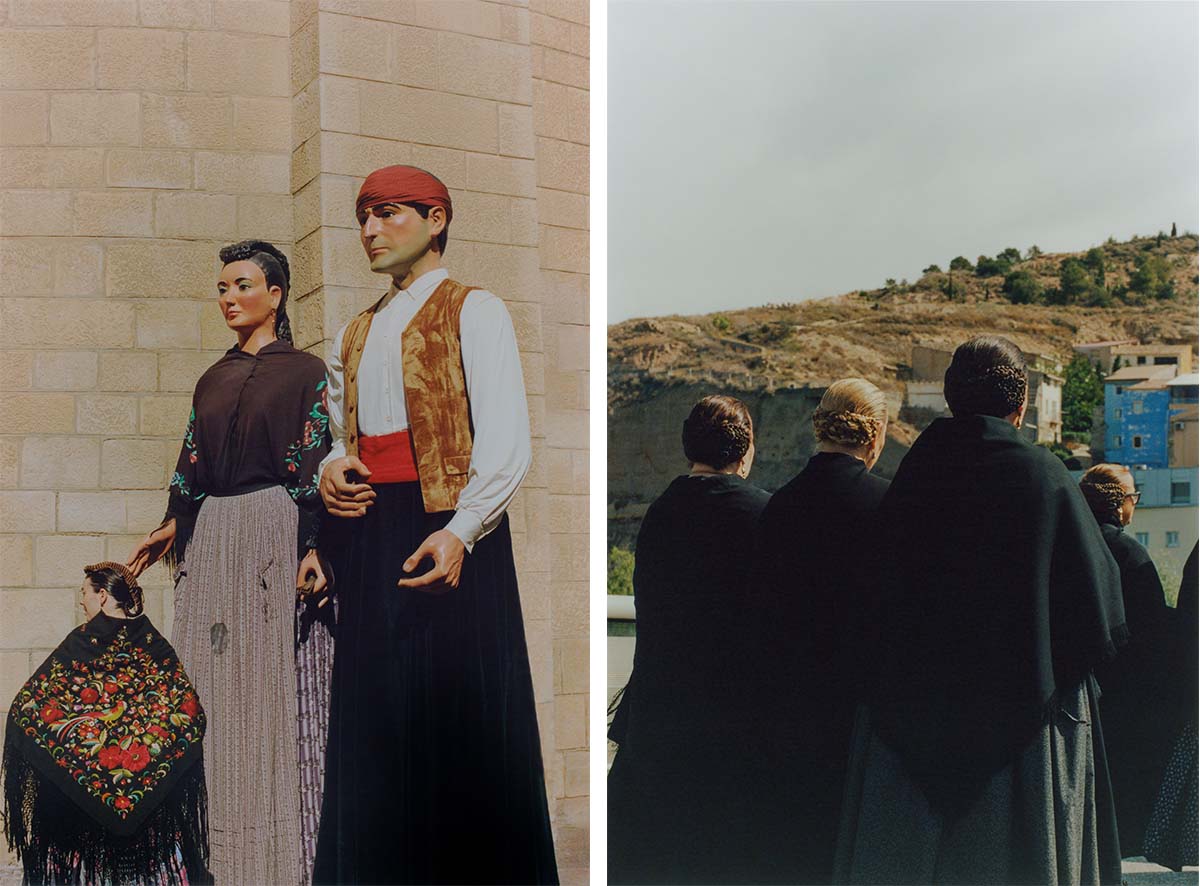
A day filled with emotions, pride, and connection across generations, El Día de la Faldeta serves as a beautiful testament to how local communities can be held together by listening to stories from the past.
